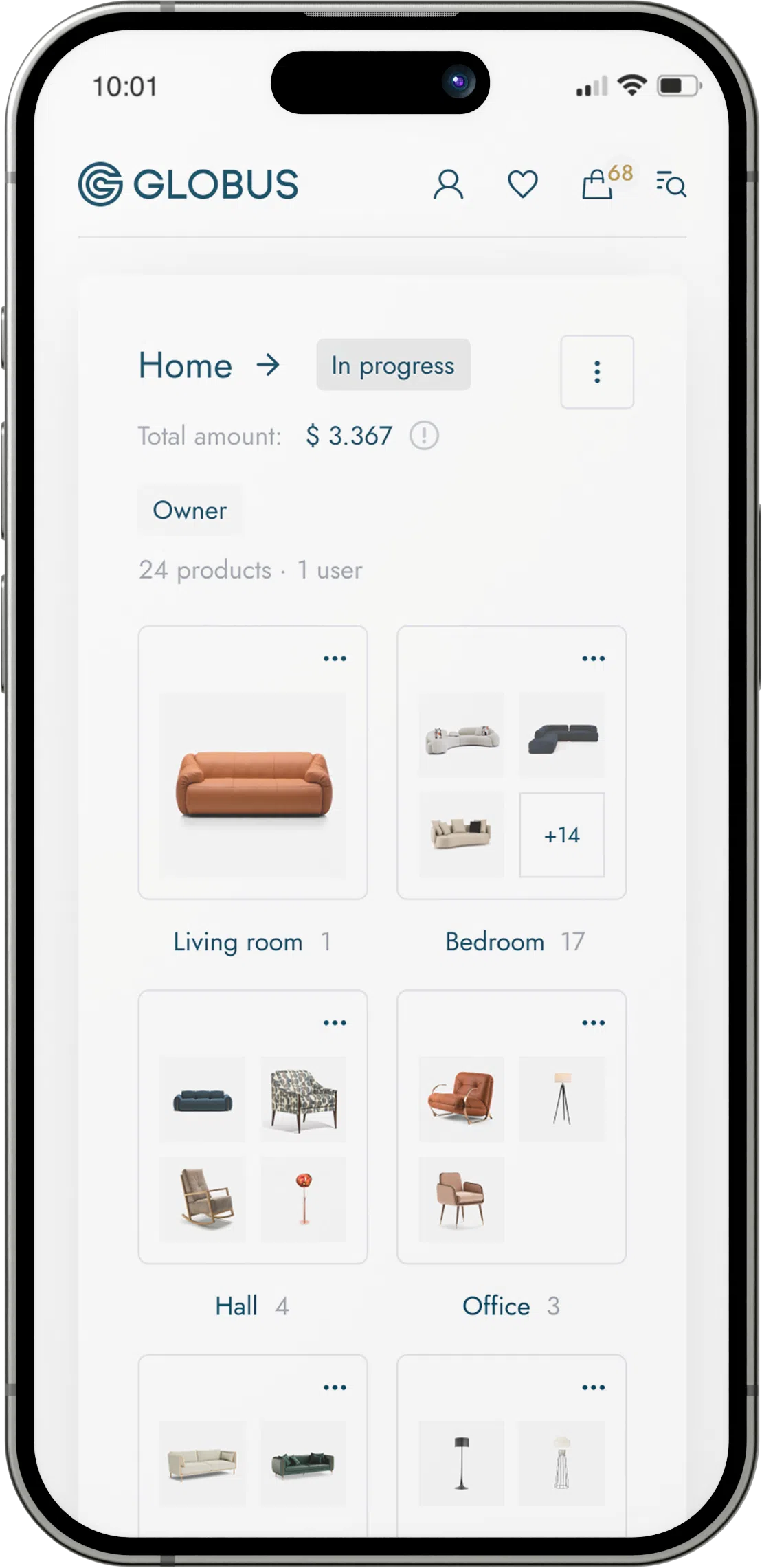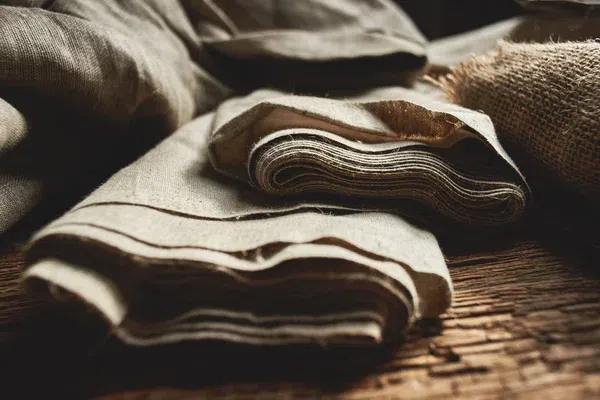Jute is a natural fiber often associated with burlap or hessian cloth. It is derived from the Corchorus plant, which is primarily grown in warm, humid regions such as India, Bangladesh, and China. When it comes to furniture, jute is commonly used in a variety of ways, both structurally and aesthetically.
Characteristics of Jute as a Furniture Material:
- Sustainability:
- Jute is a sustainable material because it is biodegradable and compostable. The jute plant grows quickly, requiring less water than many crops and no or minimal pesticide usage.
- Texture:
- Jute fibers have a natural, coarse texture which adds a distinct tactile quality to furniture items. It is not as soft as cotton but provides a rustic charm that is highly sought after in certain design aesthetics.
- Aesthetic Appeal:
- Jute fibers can range in color from off-white to brown, and its natural color is quite earthy. The fibers can be dyed, though, which offers versatility in design.
- Strength and Durability:
- Jute is known for its tensile strength, which makes it suitable for structural elements in furniture, like webbing for chair seats and backing for upholstered pieces. However, it can be susceptible to wear and moisture, so it's often treated or used in areas less exposed to direct use or weather.



